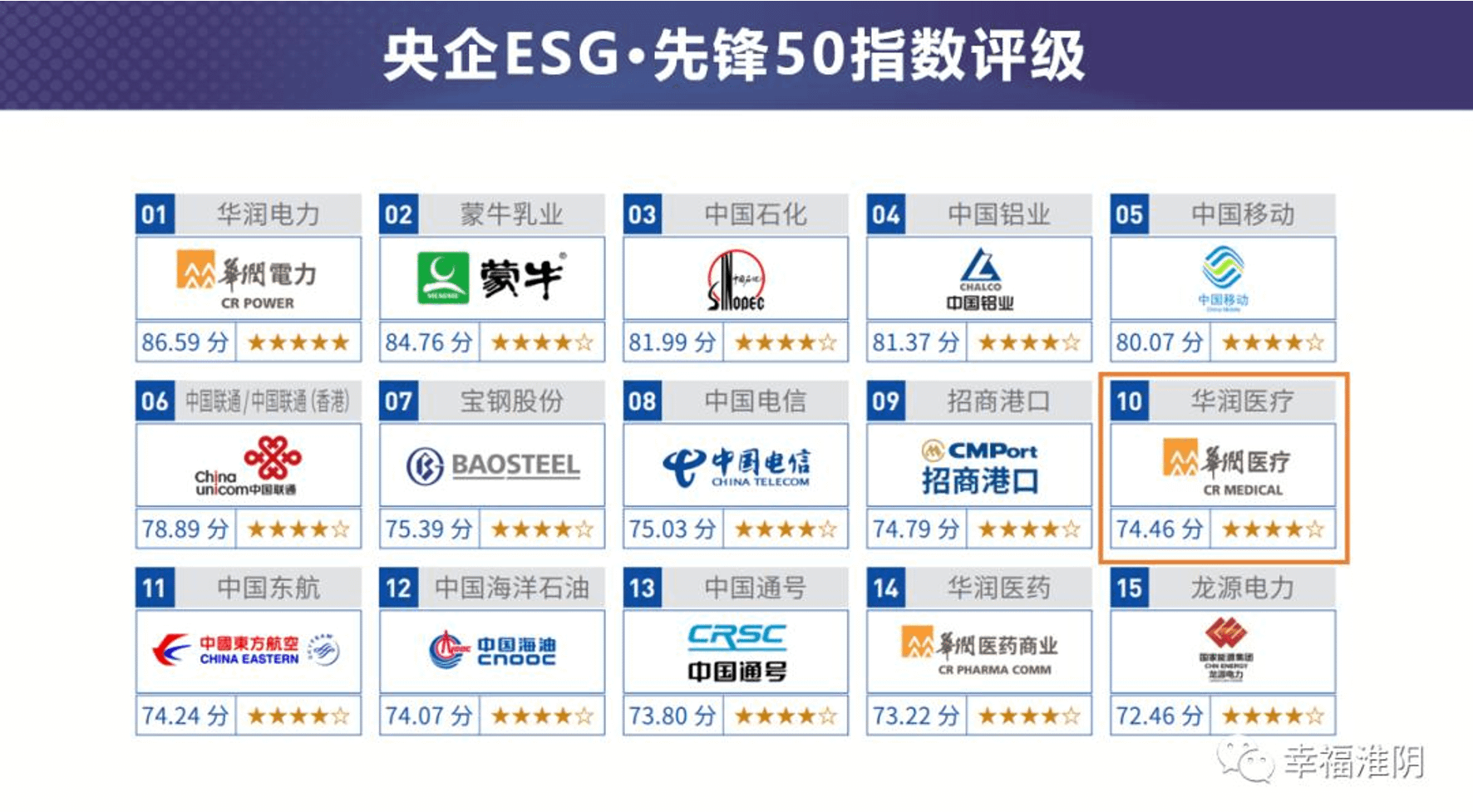In September this year, the State-owned Assets Supervision and Administration Commission (SASAC) organized the first ESG (Environment, Social, Governance) training for the listed State-owned Enterprises (SOE). Over 98 SOEs and 286 other SOE holding companies participated in the training. According to the Work Plan to Improve the Quality of the Chinese State-owned Enterprises Holding Listed Companies (提高央企控股上市公司质量工作方案) released by the SASAC, all Chinese listed SOEs shall complete ESG reporting by the end of 2023.
According to Zhang Xiaohong, Deputy Director of the Science and Technology Innovation and Social Responsibility Bureau of the SASAC of the State Council, among the 611 state-owned listed companies in Shenzhen, Shanghai and the Hong Kong Stock Exchanges, a total of 590 issued social responsibility reports in 2021, accounting for 96.6% of the total number of listed SOEs.
SOEs are making progress
SASAC issued the ESG Blue Paper of the Chinese Listed SOEs in 2021. Over 44% of the listed companies in China that have had ESG declaration were SOEs. Out of the 440 SOEs, 50 of them have been ranked as top pioneers in ESG development, China Resources Power (CR Power) topping the list. CR Power’s 2021 Sustainability Development Report has highlighted its achievements: it has captured 22,000 tons of CO2 via CCUS techniques, and its renewable power capacity accounted for 32.2% of its total power capacity. In addition, Shenhua Energy, a subsidiary of China Energy Investment (CEI), started encouraging its suppliers to declare their GHG emissions status in October 2022.

But emissions data disclosure is far from satisfactory
If we take a closer look at the top 50 companies, most have not yet disclosed detailed GHG emissions. According to the 2021 ESG Information Disclosure Report of A-share Listed Companies (2021年度A股上市公司ESG信息披露情况报告) released by the China Association of Listed Companies, most of the Shenzhen listed companies disclosed their environmental indicator on a qualitative basis such as text descriptions, without quantitative data:
- 20% of companies disclosed the amount of environmental protection investment,
- 22% disclosed the reduction of energy consumption,
- 15% disclosed water conservation, and
- 17% disclosed electricity conservation.
In the list of Top 100 Listed Companies with the Highest Carbon Emissions中国百家上市公司碳排放排行榜(2022) released by CaiJing magazine, over 80% of the companies listed in Hong Kong had disclosed carbon emissions, in contrast, the ratio of those listed in Shenzhen was only 15%. In general, the GHG emissions and other environmental information disclosure is far from satisfactory.
Will the new regulatory guideline improve disclosure of ESG environmental information?
As of today, the Chinese regulatory framework related to ESG includes the Chinese Enterprise Corporate Social Responsibility Reporting Guide (中国企业社会责任报告指南) (CASS-CSR5.0) released by the China Academy of Social Sciences, the Enterprise’s ESG Disclosure Guide (企业ESG披露指南) issued by the China Enterprise Reform and Development Society, and other guidelines provided by the stock exchanges (i.e. Shenzhen, Shanghai, Hongkong). Guidelines for ESG Drafting and Appraisal are still under formulation by the Chinese Enterprise Reform and Development Society. Certain companies have also used international standards such as GRI (Global Reporting Initiative) or SDGs (Sustainable Development Goals) as reference.
The Enterprise’s ESG Disclosure Guide recently released in June 2022 provides an index system including 3 primary level indicators, 9 secondary level indicators and 35 tertiary level indicators. Enterprises can disclose and report according to indicated requirements based on the characteristics of the industry to which they belong.
In the primary indicator about environment, enterprises are required to disclose their total energy consumption and renewable consumption status as well as specific GHG emissions details. GHG emissions reduction and actual GHG emissions of scope 1,2, and 3 are reported separately. (Figure 1)

The Enterprise’s ESG Disclosure Guide defines the scope of the ESG reporting, i.e., what to report. The two other guidelines (Enterprise’s ESG Drafting Guide 企业ESG编制指南and Enterprise’s ESG Appraisal Guide 企业ESG评价指南) that will further specify the reporting and assessment standards and criteria, will be also approved and issued later this year. If all the SOEs can complete ESG reporting by 2023 and strictly comply with the environmental disclosure criteria, it will significantly increase the transparency of the GHG emissions status of China.


